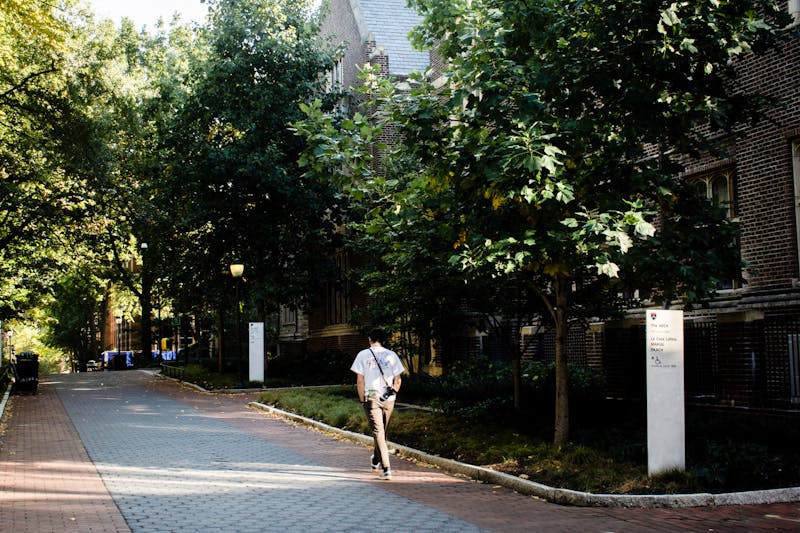The designation makes it difficult to move "Dream Garden" from the city. The Philadelphia Historic Commission voted unanimously on Monday to designate the monumental "Dream Garden" mosaic as the first "historic object" in the city's history. The 10-ton glass and gold leaf mural -- on display in the lobby of the Curtis Publishing Co. building at Sixth and Walnut streets -- first made headlines in June, when a then-anonymous buyer offered $9 million for the work. The offer was subsequently withdrawn under a storm of protest by citizens concerned about the loss of a cultural landmark. The commission's vote means that any future plans to alter or move the mural would require special permits from the Department of Licenses and Inspections. Such permits would only be issued with the Historical Commission's approval. The glass mosaic was constructed in 1916 by Maxfield Parrish and Lewis Comfort Tiffany. Consisting of more than 100,000 panes of fused glass laced with gold leaf, the work was the crown jewel in the Curtis Co.'s lobby. The company published the Saturday Evening Post and the Ladies' Home Journal, among other periodicals. Although initial reports said the mural would be purchased for $9 million, subsequent appraisals have placed the mural's value between $4 and $4.5 million. The Dream Garden mural is owned by the the estate of John Merriam, the deceased developer and patron of the arts. Merriam's widow, Betty, owns the largest single share -- 41 percent -- of the estate's assets. In the backlash following the aborted purchase, several area institutions -- also beneficiaries of the Merriam estate -- were criticized for not taking a strong enough stance against moving the painting from the city. Merriam's will left 24 percent of his assets to Penn. Twelve percent shares were left to Bryn Mawr College, the University of the Arts and the Pennsylvania Academy of the Fine Arts. Penn came under particular criticism during the summer when it was revealed that the prospective buyer was Steve Wynn, a University Trustee and casino magnate. "We want to keep the mural in Philadelphia," said University spokesperson Ken Wildes. "All of [the institutions] would be willing to contribute our shares to keep [the mural] right where it is." But not everyone has gathered behind the movement to keep the mural in the City of Brotherly Love. Lawyers for the estate -- apparently representing the interests of Betty Merriam -- opposed the designation, arguing that it would infringe on the estate's right to sell the work. According to Wildes, if Merriam were to agree to sell or donate her share, ownership of the mural could be transferred from the five estate beneficiaries to a sixth institution. "I think the city is probably the most likely candidate," Wildes said. He added that another charitable institution, such as a foundation for the arts, would also be a possibility. Representatives for the Merriam estate were unavailable for comment. It is not clear that a plan to move the mural elsewhere could physically be carried out. Many experts believe that the mosaic would suffer irreparable damage if it were moved. If the piece stays, it will have company next summer when a planned Maxfield Parrish exhibition opens in Philadelphia. The artist -- who won a contest to design the 49-foot mural -- was regarded as one of the greatest commercial artists of his day.
The Daily Pennsylvanian is an independent, student-run newspaper. Please consider making a donation to support the coverage that shapes the University. Your generosity ensures a future of strong journalism at Penn.
DonatePlease note All comments are eligible for publication in The Daily Pennsylvanian.








